💧 How to Clear a French Drain
French drains are vital for many homes in North America. They play a key role in keeping rainwater runoff out of your house and working to prevent water from flooding your basement walls.
You might have heard that you need to drain your French drain but have no idea where to start. Fortunately, we can help you out!
He’s a brief tutorial on French drain cleaning. We’ll explain how French drains work and what can be done to unclog them quickly and easily.
Table of Contents
💧 What’s a French Drain, and How Does It Work?
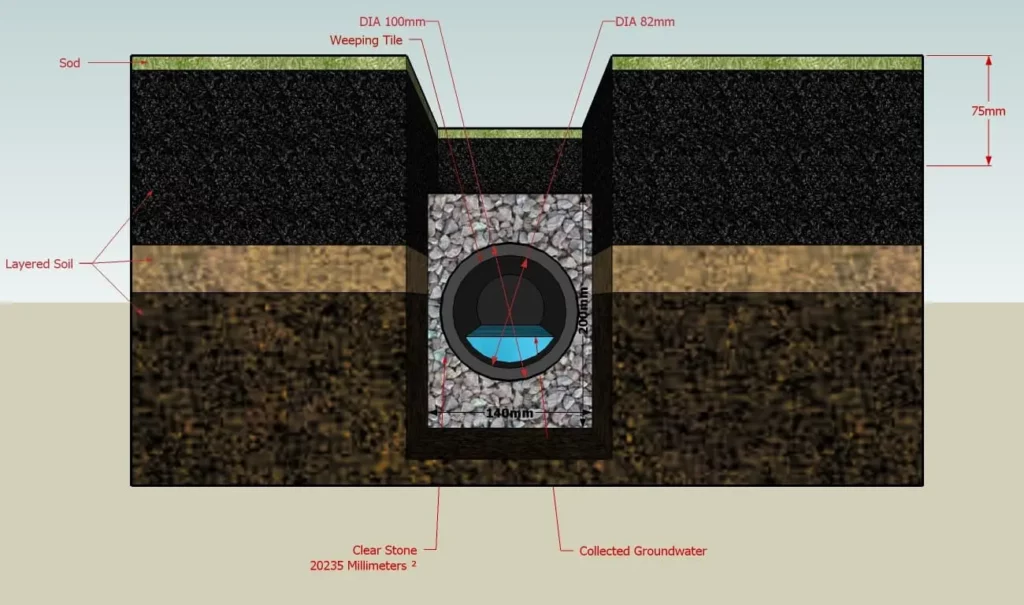
Every home needs a drain system to send water away from your home and prevent flooding. In most cases, this drain system is either a surface drain or a french drain.
Unlike surface drains, which logically sit on the surface (ground level) around the house, french drains are installed underneath the ground. This allows them to collect groundwater that a surface drain can’t access.
French drains work thanks to their “perforated pipe.” This is just a technical way of describing a pipe that has a lot of small holes.
Groundwater falls into these holes and drains out away thanks to the downward sloping pipe, with gravity encouraging water to flow into a drainage ditch in a low-lying area.
To collect groundwater as efficiently as possible, french drains are installed between 12 to 20 inches into the ground. These drains are also surrounded by gravel, which stops the groundwater from escaping the drain.
💧 Steps For French Drain Cleaning
- Test the french drain to see if it needs to be cleared
- Rent an electric sewer snake
- Put on safety gear and prepare your equipment
- Uncover the lid of the french drain and feed the sewer snake through
- Run the sewer snake all the way through the drain
- Once at the end, bring the snake back through and flush out the french drain
🔧 Step 1: Test The French Drain
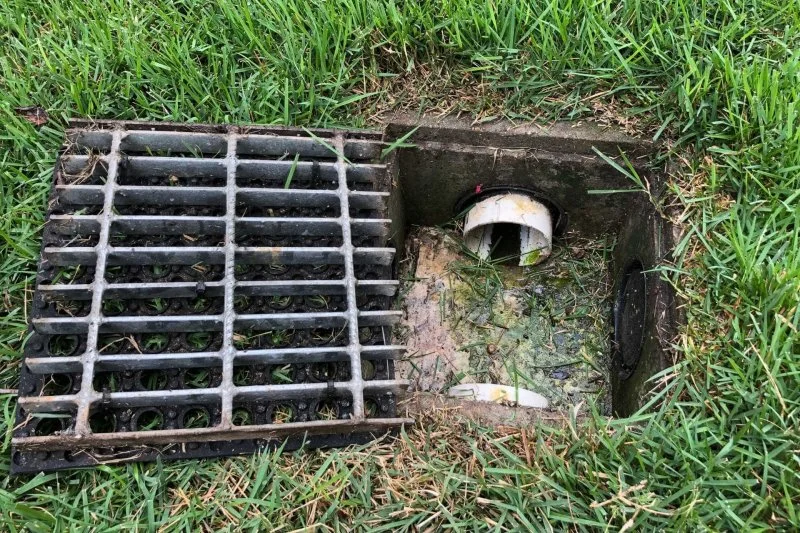
Before you start clearing your french drain, we first need to make sure the french drain is actually the problem.
The best first step is to check out the area around the french drain. We’re looking to see if there’s standing water built up on the ground.
If the drain is clogged, then the water flow won’t be able to continue down the pipe and will instead move back upwards through the holes in the perforated pipe.
So if you notice a lot of standing water around the drain pipe, this is a surefire sign that there’s debris clogging the drain.
Now that you know where the french drain might be clogged, it’s time to test it.
Get to the access point of your french drainpipe and flood it by running a rose into it.
Either the water will back up, which will mean you have a clog, or, if you’re lucky, the water will be enough to unclog whatever’s in the pipe, saving you a lot of hassle.
🔧 Step 2: Rent an Electric Sewer Snake
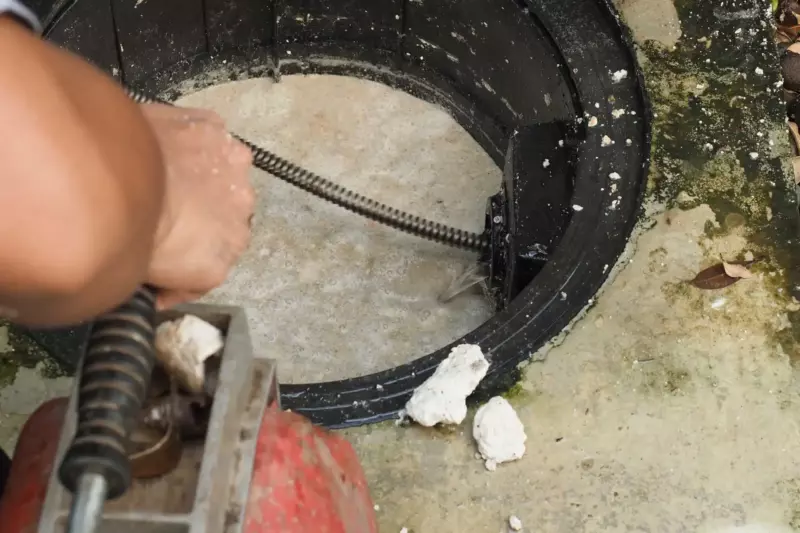
Don’t let the name fool you.
A “sewer snake” isn’t some kind of terrifying super animal that presents a threat to humanity.
It’s just a tool used by plumbers to clear out drains without needing to take them apart.
Your typical sewer snake resembles a long piece of wire.
However, it has a special headpiece and is made of a material that won’t damage your french drain.
This snake runs through your french drain and will stop at nothing to get to the other side.
Whatever clogs or unwanted materials lie in its path will be cleared by the snake, reopening your system and letting water flow again.
❌ Do I Need An Electric Sewer Snake?
To make sure the snake can move through your system effectively, we’d recommend using an electric-based snake.
The electric components allow the snake to push through stubborn clogs that might be difficult for a human.
Yet it’s quite possible you might be unable or unwilling to pay for an electric sewer snake.
In this case, you can always purchase or rent a normal sewer snake from several popular hardware stores, such as Lowe’s Tool Rental, if you live in the US.
You’ll have to do the turning yourself, but it’ll no doubt save you money.
You may even want to consider using a pressure washer if you have access to one.
The high-pressure streams of water produced by a pressure washer can force out strong clogs but is a lot less precise than an electric sewer snake.
🔧 Step 3: Get Prepared
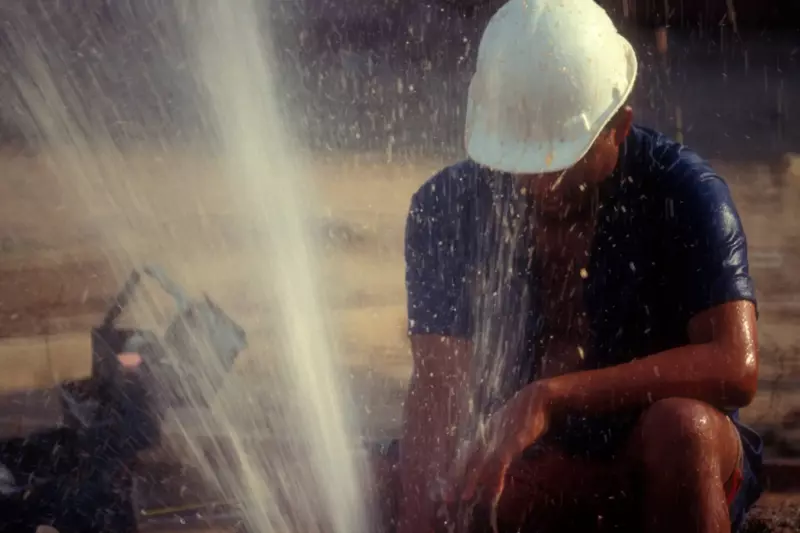
Before you get started, you got to get prepared first.
To clean a french drain, you’ll need the following items, which are all available at home improvement centers and tool rental facilities:
- An electric or normal sewer snake
- Tough leather gloves
- Eye protection
- A garden hose with a working water supply
🔧 Step 4: Uncover The Lid & Feed the Electric Sewer Snake Through
Now it’s action time.
Locate the access point once again and uncover the lid.
On most french drains, you should be able to twist it off or take it off fairly easily.
Once you’ve opened it up, you can start to feed the snake cable into the drain.
Make sure to put on those gloves and glasses we recommended, or you could end up hurting yourself while using the snake.
🔧 Step 5: Run It All The Way Through The Drain Pipe
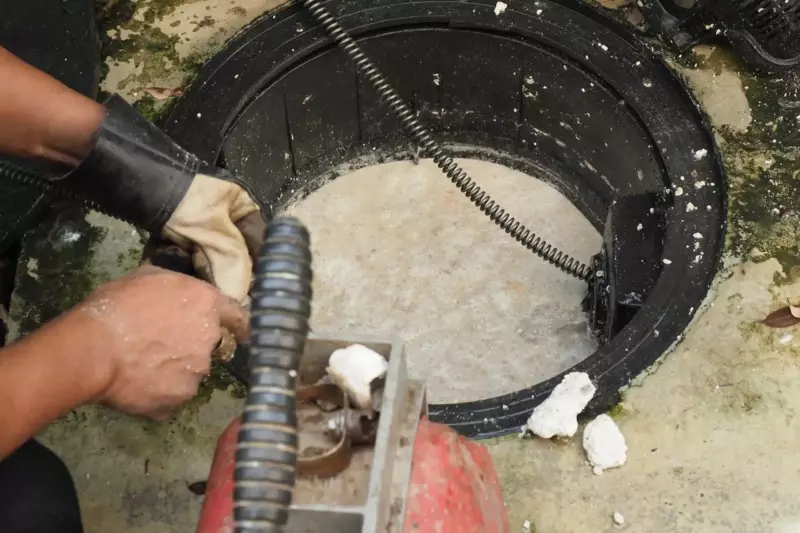
This is probably the most straightforward step.
Continue to monitor the snake as it makes its way through the clogged french drain, and keep an eye out for any sudden stops.
❌ What If The Snake Gets Caught?
Though sewer snakes are quite efficient cleaners, they can become stuck in the pipes.
This occurs when the clog in your french drain system is too firm or entrenched to want to move.
Some common suspects for this are clogs involving soil, dirt, and even tree roots.
When your snake gets stuck and clearly isn’t going to advance any further, the only solution is to retract the snake, clear off any debris that might be stuck on the end of the snake, and run it back through the system.
Don’t be worried if you have to repeat this process numerous times.
If the debris has been there for a while, it will likely take a few run-throughs to clear out completely.
🔧 Step 6: Bring The Snake Back Through & Flush It Out
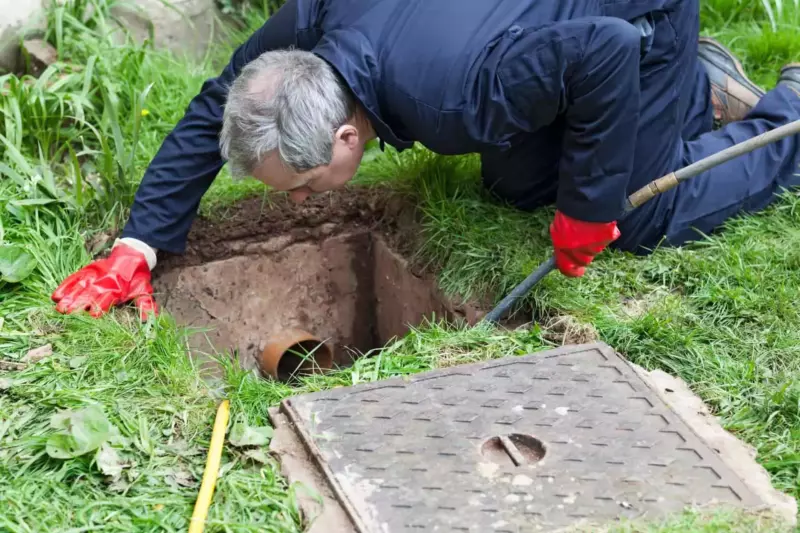
When you finally see your snake on the other side of the french drain and debris unloading into the drainage ditch, that means you’re nearly done!
Before you start celebrating, you first need to get the snake back out of the french drain.
This should be a reasonably easy process, especially if you’ve already had to deal with some blockages.
You must flush out the drain pipe to ensure you’ve completely cleaned your french drain.
But don’t worry. Compared to the other steps, this is a piece of cake.
Make sure you’ve removed the snake from the french drain, then use a garden hose again to flush out to the yard drainage pipe as you did in step 1.
This will help to dislodge any other obstructions that might still be stuck or caught in the pipe.
💧 How To Avoid Getting a Clogged French Drain in the Future
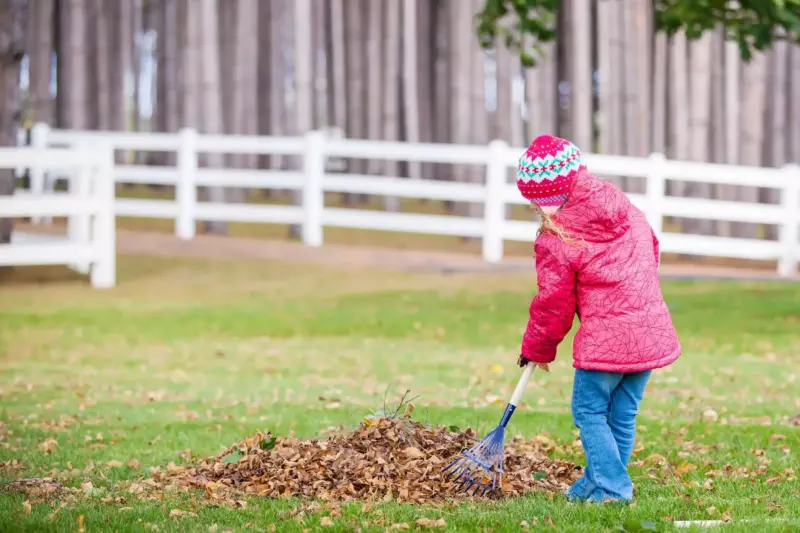
While there’s a way to unclog your french drain if you ever need it, I’m sure you’d prefer not to go to all this effort again.
Some great ways to keep your drain functional and prevent clogs include:
- Cleaning your french drain regularly, especially before heavy rain is due
- Sweeping your yard to stop debris from collecting
- Keeping your gutters tidy if your gutter downspout is connected to your french drain
- Monitoring the pipe for any cracks or any damage to the landscape fabric around it
- Watching the indoor and outdoor water flow for any excess water or signs of clogs
💧 Final Thoughts

French drains play a vital role in keeping surface water from getting into your home.
When they clog, make sure you deal with the problem immediately by either following these instructions yourself or with the assistance of others.
If you need your drain pipe working properly as soon as possible and aren’t confident enough to do it on your own, why not get the assistance of a professional plumber from Phyxter Home Services?
We can inspect your french drain and gutter system and quickly get your drain working again.
Not having problems with french drains but with other parts of your plumbing system? Make sure to check out the rest of our expertly-written plumbing articles.
Related Reading: DIY Guide to 15 Common Plumbing Problems & Solutions

